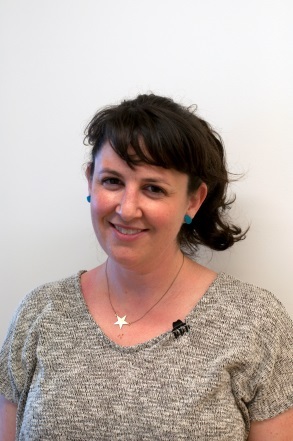In February 2014, Teach Plus published a report "The Student and the Stopwatch: How Much Time is Spent on Testing in American Schools." One of the report's major findings is that urban students spend an average of only 1.7 percent of the school year taking state and district-required tests. In this series, Teach Plus teachers comment on assessments and the impact they have on their students and teaching practice.
By Colleen Considine
As I sit in a corner of my classroom with a black iPod Touch and only one student next to me, it might easily look like I am playing on my phone. I've given more than one outsider pause until they quickly discover that this is how I collect data on my students to answer the one critical question: How are they growing in their knowledge and skills?
The answer may seem easy, given that I spend a total of twelve school days administering assessments to young students. While it is crucial that I have an accurate understanding of whether my students are learning, twelve days of assessment takes a huge toll on the hours I could instead spend teaching. And in fact, some of the tests that my school requires assess the same skills as the district-mandated, non-optional assessments. How can we shape assessments so that they capture student performance in a timely manner, measure students' skills and growth throughout the year, and restore days of teaching to the 180-day school year?
I want my students to become life-long learners. In order to make this happen, I try to execute lessons that build their curiosity and enthusiasm for learning while teaching and strengthening the skills required to move them towards the next grade. One technique is teaching students how to keep track of their own progress. If students are aware that they are improving, they are much more motivated to move forward.
Five of the twelve days spent on tests are taken up by the reading assessment done on the iPod Touch. The beauty of using this technology is that it gives me instant access to real-time literacy data. I often show my students the screen that displays their performance at the beginning, middle and end of the year and explain how they are measuring up using the color corresponding with their score. When I tell Sarah immediately after the test that she is "in the green," or proficient, she beams! If I have to tell Jenny that she is "in the yellow," or needs improvement, we will talk about what both she and I can do to support her in getting to the proficient level. I help my students understand how certain behaviors influence their growth and how they have the power to make positive changes in their performance.
This particular assessment also allows me to showcase student performance to parents. I can print out documentation of a student's growth within a full year - and their growth for kindergarten, first and current (second) grade. This provides parents with an incredible visual of their child's improvement over time as measured against increasing grade-level benchmarks. Color-coding lets parents know whether their child has remained in the "green," whether there were points at which he or she struggled (yellow), or whether there are real warning signs (red indicates or more grade levels below benchmark).
There is no question that assessment data is extremely important to moving my students forward. Because of this, district leaders should be careful when deciding on district-determined measures. First and foremost, assessments should measure growth at given interims during the year to see a student's overall improvement. The need for fast access to results certainly calls for increase in the use of technology. If assessments can involve technology and districts can support it, I say go for it! Having fewer assessments would give teachers back the time needed for quality instruction. We've got to start testing smarter, not longer and harder.
Colleen Considine is a first grade teacher in an inclusion classroom at the Lee Academy Pilot Elementary School in Dorchester, MA, and a Teach Plus Teaching Policy Fellow.
